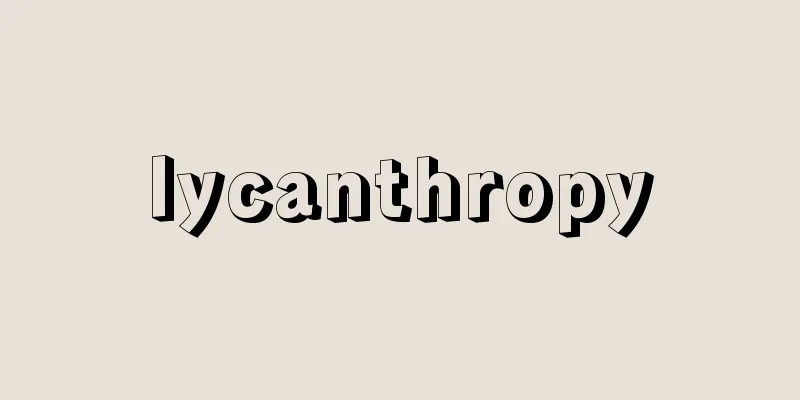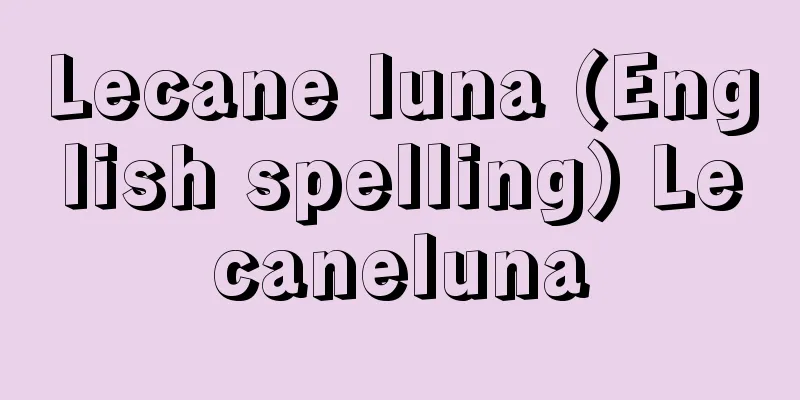Picture explanation - Etoki

|
This refers to a performing art, mainly seen in the Middle Ages and early modern period, in which a hanging Buddhist painting (or occasionally a picture scroll) was held up and the painting was explained with a whip in order to preach Buddhism, as well as the performers who performed it. Sometimes it was performed by high-ranking monks of temples, but more often it was performed as street performance by picture-explanatory monks who acted as cuckoo monks. It became popular in the Middle Ages in parallel with the spread of Buddhism to the common people, and can be seen as a way of promoting a particular sect or school and expanding Buddhism, in other words, an audiovisual enlightenment of sermons. Paintings of Buddhist stories were often used, but gradually it became more diverse, with an increase in the number of types such as paintings of the origins of shrines and temples, pictures of hell, and narrative legends. The first written record of this is in the "Ribu Oki" from 931 (Shohei 1), where Prince Shigeaki received an explanation of the "Eight Phases of Shaka," followed by a detailed record in the "Daiki" from 1143 (Koji 2) of the father-son duo Fujiwara Tadazane and Yorinaga viewing the "Pictures of Prince Shotoku" at Shitennoji Temple. At the time, this would have been a high-class explanation that was not accessible to the common people. In the Middle Ages, it can be inferred that beggar priests were also providing explanations for paintings such as the "Ippen Hijirie." The materials they carried with them were lucky charms such as pilgrimage maps to sacred mountains and hanging scrolls depicting the sufferings of hell. In the Sumiyoshi Festival Paintings, there is evidence of a Kumano nuns performing on the street, showing a painting within a painting from the Ten Realms of Contemplation. In the early modern period, Kumano nuns made a living by preaching to women about their sins using paintings of hell. Even today, a small number of temples still perform picture interpretations, a form of art that is on the verge of disappearance. [Shogo Watanabe] "The World of Pictorial Explanations" by Hisao Kawaguchi (1981, Meiji Shoin) " "Pictorial Explanations of Japan" by Masahiko Hayashi (1982, Miyai Shoten) [References] | |Source: Shogakukan Encyclopedia Nipponica About Encyclopedia Nipponica Information | Legend |
|
主として中・近世に仏教を説くために仏画の掛物(かけもの)(まれに絵巻物)を掲げ、むちをもってその絵を説明した芸能、およびそれを行う雑芸者のこと。寺院の高級僧によって行われる場合もあったが、多くは大道芸として、かっこうのみ僧体の絵解法師などによって演じられた。中世、庶民仏教化に併行して盛んになったもので、一宗一派の宣伝や仏教の敷衍(ふえん)化、すなわち説教の視聴覚啓蒙(けいもう)といえる。仏教説話画を用いることが多かったが、しだいに社寺縁起絵、地獄図、物語伝説などの類が増え、多様化していく。文献初出は、931年(承平1)の『吏部王記(りぶおうき)』における重明親王が『釈迦(しゃか)八相図』の絵解きを受けた一条があり、ついで1143年(康治2)の『台記』の、四天王寺で藤原忠実(ただざね)と頼長(よりなが)の父子が『聖徳太子絵伝』を観聴した詳しい記録が残っている。このころはまだ庶民には接しえない高級な絵解きであったろう。中世に入って、『一遍聖絵(いっぺんひじりえ)』などの画証風俗にも乞食(こじき)法師による絵解きが行われていたことが察せられる。彼らの持ち歩いた材料は霊山霊地の参詣(さんけい)案内図や、地獄の苦患(くげん)のさまを描いた掛物などの縁起類で、『住吉(すみよし)祭礼図』には、観心十界図の画中画を示して大道芸する熊野比丘尼(くまのびくに)の画証がみえる。近世の熊野比丘尼は、もっぱら地獄図をもって女人の罪障を説いて生計の足しとした。今日でも滅びゆく芸能として、少数だが絵解きを行っている寺院もある。 [渡邊昭五] 『川口久雄著『絵解きの世界』(1981・明治書院)』▽『林雅彦著『日本の絵解き』(1982・三弥井書店)』 [参照項目] | |出典 小学館 日本大百科全書(ニッポニカ)日本大百科全書(ニッポニカ)について 情報 | 凡例 |
>>: Edogawa Ranpo - Edogawa Ranpo
Recommend
Latemse School (English)
... The major art trends of the 20th century, apa...
Tire
…the largest city in southern Lebanon on the Medi...
Tortola Island (English spelling)
Located in the eastern Caribbean Sea, it is the la...
Thorn apple
… The genus Crataegus (English name: hawthorn. Th...
Abi Gamin - Abi Gamin
…It is well known that Everest, which was recogni...
Monte Verita (English spelling)
Mysticism, which aims to break the boundaries of ...
complexon
…Ethylenediaminetetraacetic acid (EDTA) is a reag...
Tsugunosuke Kawai
Year of death: 16th August 1868 (1st October 1868)...
Ezoenma cricket - Ezoenma cricket
...They also make a sharp, threatening sound. Sim...
RCD - Reverse Coding
Regional Cooperation for Development is an abbrevi...
Boiled and dyed
〘Other Ma Lower 1〙 Nishi-mu 〘Other Ma Lower 2〙① To...
Mitsuzaki Kengyo
He was a performer and composer of jiuta (jiuta) ...
Indonesia - Indonesia (English spelling)
A republic in the southern part of Southeast Asia...
Buddhist literature
Religion and literature overlap in that they both...
Gion Festival
This is a festival at Yasaka Shrine in Gion-cho, ...









